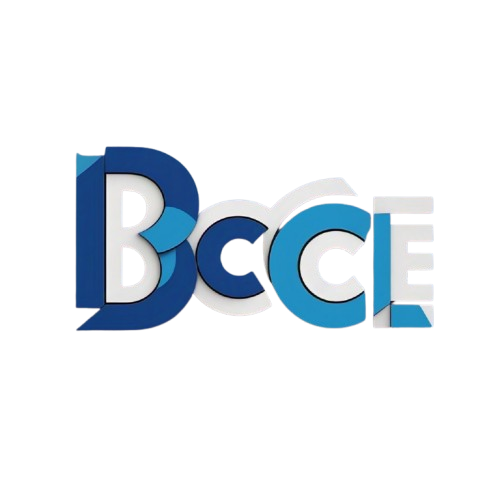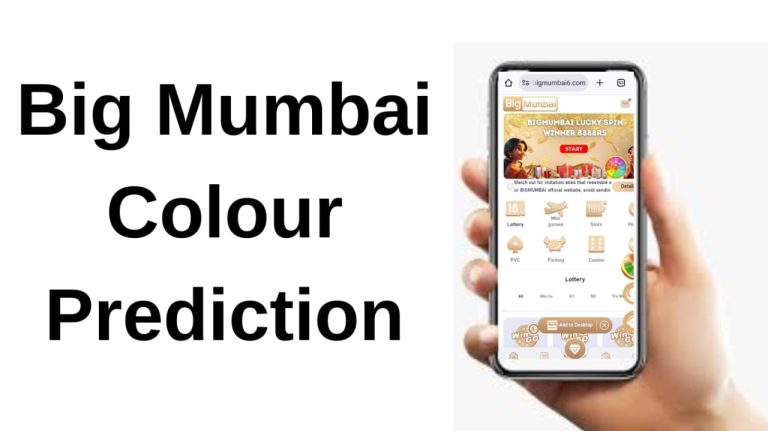Mumbai, often referred to as the City of Dreams, has always stood as a symbol of opportunity, diversity, and unrelenting energy. However, a new phrase has entered public consciousness in recent years: Big Mumbai. This term doesn’t just refer to the city’s size but encapsulates a broader idea — a vision of a mega-metropolis that integrates advanced infrastructure, economic might, cultural richness, and sustainability. As India’s commercial capital continues to expand, the concept of Big Mumbai becomes more relevant and vital than ever before.
What Is Big Mumbai?
Big Mumbai is not an official administrative term, but rather a colloquial and visionary concept that denotes the ever-expanding nature of the Mumbai Metropolitan Region (MMR). This includes not just Greater Mumbai (which covers the Mumbai City and Mumbai Suburban districts) but also satellite towns such as Thane, Navi Mumbai, Kalyan-Dombivli, Vasai-Virar, and even emerging hubs like Panvel and Palghar.
The vision of Big Mumbai involves:
- Integrated infrastructure across these regions
- Seamless connectivity
- Sustainable urban planning
- Affordable housing and decongestion
- Boosting economic zones such as Navi Mumbai SEZ, MIDC, and IT parks
In essence, Big Mumbai reflects the growing need to consider the city and its peripheries as a unified mega-region.
The Need for a Bigger Vision
With a population exceeding 20 million, Mumbai is among the world’s most densely populated cities. The influx of people from different states and countries has put massive pressure on land, infrastructure, and resources. Housing shortages, traffic congestion, air pollution, and waste management are pressing concerns.
This is where the concept of Big Mumbai becomes essential. By developing satellite towns and integrating them with the city core, the burden on Mumbai can be reduced significantly.
Major initiatives supporting this vision include:
- Mumbai Trans Harbour Link (MTHL) connecting Sewri to Nhava Sheva
- Mumbai Metro lines being developed across the metropolitan area
- Navi Mumbai International Airport (NMIA) under construction
- Mumbai Coastal Road and new flyovers improving road connectivity
All these projects aim to support the infrastructure needed for a bigger, smarter Mumbai.
Economic Opportunities in Big Mumbai
One of the primary drivers behind the Big Mumbai vision is its economic potential. Mumbai is already India’s financial powerhouse, hosting institutions like the Bombay Stock Exchange (BSE), Reserve Bank of India (RBI), and corporate headquarters of global giants. As the city expands, so does its economic footprint.
Navi Mumbai and Thane have seen an influx of IT parks, logistics centers, and manufacturing zones. The Mumbai–Pune–Nagpur corridor and Dedicated Freight Corridors (DFC) are enhancing trade opportunities.
For entrepreneurs, startups, and established businesses, Big Mumbai offers:
- Access to a larger talent pool
- Better connectivity with ports, railways, and airports
- Cheaper real estate in suburbs compared to central Mumbai
- Government incentives in MIDC zones
This growth creates a domino effect — attracting more people, requiring more housing, services, and infrastructure — thus feeding into the Big Mumbai cycle.
Urban Planning and Sustainable Growth
The idea of Big Mumbai cannot just be about expansion — it must also prioritize sustainability and quality of life.
Some sustainable strategies being adopted:
- Green buildings and LEED-certified townships in Navi Mumbai
- Emphasis on public transport to reduce vehicle pollution
- Mangrove preservation and coastal zone regulation
- Recycling and waste segregation programs
- Smart lighting, water-saving infrastructure, and solar adoption
The Mumbai Metropolitan Region Development Authority (MMRDA) and CIDCO are playing pivotal roles in ensuring that new developments in the Big Mumbai area meet environmental and infrastructural benchmarks.
Cultural Integration in Big Mumbai
As the city spreads, so does its cultural fabric. Big Mumbai game includes people from all parts of India — Maharashtrians, Gujaratis, South Indians, North Indians, and migrants from across the globe. This diversity reflects in its food, festivals, language, and lifestyle.
New cultural hubs are emerging in the suburbs:
- Performing arts theaters in Thane and Vashi
- Film city extensions near Karjat
- Street food evolution across new townships
- Educational institutions and museums reaching out to semi-urban pockets
Big Mumbai is not just physically big; it’s culturally rich and inclusive.
Challenges in Building Big Mumbai
Despite the promising vision, the road to a successful Big Mumbai is filled with challenges:
- Infrastructure delays due to bureaucracy or land acquisition issues
- Environmental degradation from rampant construction
- Affordable housing remains a concern, even in satellite towns
- Water scarcity and sanitation needs growing with population
- Urban-rural divide in new development zones
Unless these challenges are addressed through policy, innovation, and public participation, Big Mumbai may become a burden rather than a solution.
FAQs about Big Mumbai
Q1: Is Big Mumbai an official government project?
No, “Big Mumbai” is more of a conceptual and developmental narrative that includes Greater Mumbai and its growing surrounding regions. However, many infrastructure projects by MMRDA and CIDCO support this broader vision.
Q2: How does Big Mumbai differ from Navi Mumbai or Thane?
Big Mumbai includes Navi Mumbai, Thane, and other satellite towns as part of a larger, interconnected urban framework. Instead of treating them as separate cities, Big Mumbai treats them as parts of one mega-metropolitan ecosystem.
Q3: Will Big Mumbai help reduce congestion in central Mumbai?
Yes, one of the key aims is to decentralize economic activity and residential zones. By making suburbs self-sufficient, fewer people need to commute daily into South Mumbai.
Q4: Is Big Mumbai safe for real estate investment?
Absolutely. With growing infrastructure, job hubs, and government push toward connectivity, investing in regions like Panvel, Kalyan, Ulwe, or Vasai is considered promising. However, always check legal clearances and RERA status before investing.
Q5: What is the role of MMRDA and CIDCO in Big Mumbai?
MMRDA (Mumbai Metropolitan Region Development Authority) and CIDCO (City and Industrial Development Corporation) are the primary planning and execution bodies for urban development in the region. They oversee infrastructure projects, township planning, and sustainable development.
Conclusion: The Future Is Big Mumbai
The dream of Big Mumbai is more than just about size — it’s about vision, opportunity, and transformation. It’s about building a resilient, inclusive, and futuristic metropolitan region that goes beyond the historical limits of Mumbai city.

